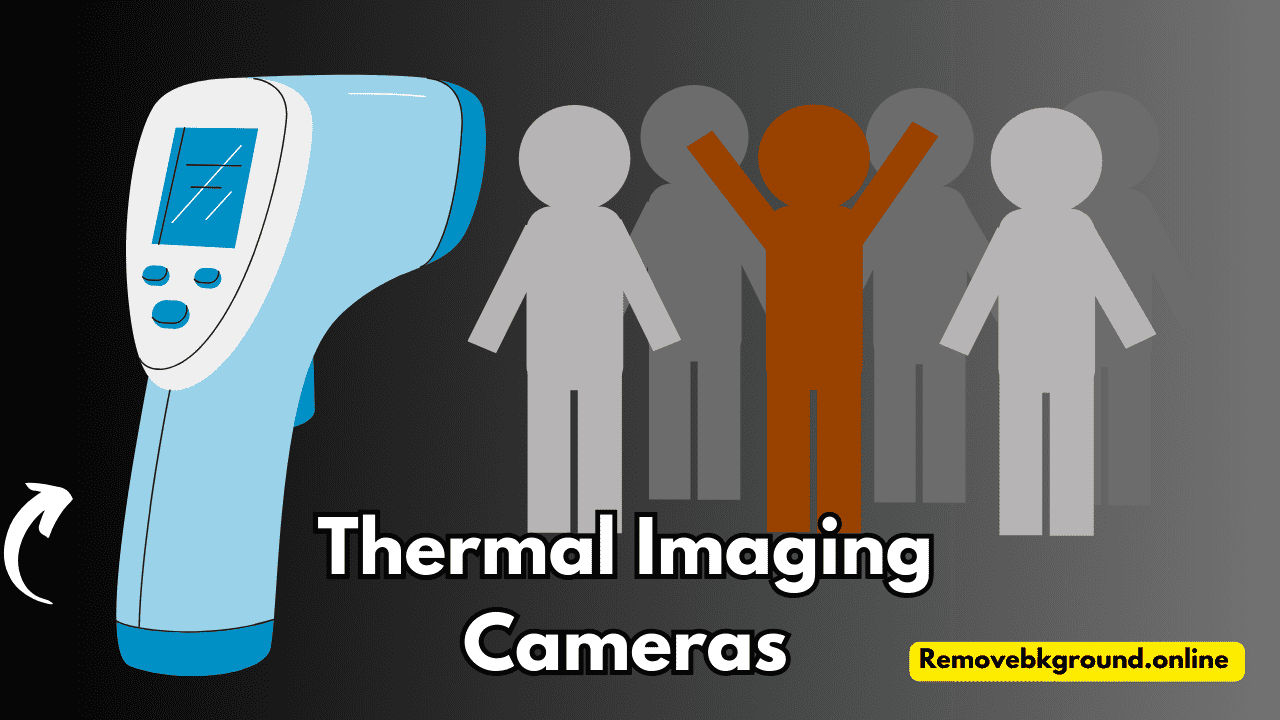What Makes Thermal Imaging Cameras Useful

Thermal imaging cameras have revolutionized various industries with their ability to detect heat signatures and convert them into visible images. These cameras utilize infrared radiation to create images based on temperature differences, providing invaluable insights in numerous applications.
How Thermal Imaging Cameras Work
Thermal imaging cameras work by detecting infrared radiation emitted by objects. Every object with a temperature above absolute zero emits infrared radiation, which is captured by the camera’s sensor. The camera then translates this data into a visual representation, allowing users to see variations in temperature.
Applications in Industry
Electrical Inspections
Thermal imaging cameras are extensively used in electrical inspections to identify overheating components, loose connections, and other issues before they lead to equipment failure or fire hazards.
Mechanical Inspections
In mechanical inspections, these cameras help detect friction, misalignments, and other anomalies in machinery by visualizing temperature variations.
Building Inspections
For building inspections, thermal imaging cameras can identify insulation gaps, moisture intrusion, and structural deficiencies, enabling early intervention and maintenance.
Military and Defense Uses
Thermal imaging cameras play a crucial role in military and defense operations for surveillance, target acquisition, and navigation in low-light or adverse weather conditions.
Search and Rescue Operations
In search and rescue missions, thermal imaging cameras assist in locating missing persons by detecting their body heat, even in challenging environments such as dense forests or during nighttime.
Medical Applications
Thermal imaging cameras find applications in medical diagnostics for detecting abnormalities in blood flow, inflammation, and detecting diseases such as breast cancer or vascular disorders.
Firefighting and Public Safety
Firefighters use thermal imaging cameras to navigate through smoke-filled environments and locate hotspots during firefighting operations, enhancing their safety and efficiency.
Environmental Monitoring
In environmental monitoring, these cameras help scientists study heat distribution patterns, monitor volcanic activity, and assess wildlife habitats.
Automotive Industry
Thermal imaging cameras are integrated into vehicles for night vision systems, enhancing driver safety by detecting pedestrians, animals, or obstacles beyond the reach of headlights.
Agricultural Applications
In agriculture, thermal imaging cameras aid in assessing crop health, detecting irrigation issues, and monitoring livestock for signs of illness or stress.
Home Inspections
Home inspectors utilize thermal imaging cameras to identify hidden water leaks, insulation problems, and electrical hotspots, providing homeowners with comprehensive reports for maintenance and repairs.
Advantages Over Traditional Methods
Thermal imaging cameras offer several advantages over traditional inspection methods, including non-destructive testing, remote monitoring, and rapid detection of issues.
Cost Considerations
While thermal imaging cameras offer numerous benefits, the initial investment can be substantial. However, the long-term savings from preventive maintenance, improved efficiency, and risk mitigation often justify the expense.
Conclusion: Thermal Imaging Cameras
Thermal imaging cameras have become indispensable tools across various industries, offering unparalleled capabilities in detecting temperature variations and identifying potential problems before they escalate. Their versatility, accuracy, and efficiency make them invaluable assets in improving safety, optimizing processes, and reducing downtime.
FAQs For Thermal Imaging Cameras
- Are thermal imaging cameras only used for industrial purposes? No, thermal imaging cameras have diverse applications ranging from industrial inspections to medical diagnostics, firefighting, and even home inspections.
- Can thermal imaging cameras see through walls? No, thermal imaging cameras detect heat signatures on the surface of objects and cannot see through solid barriers like walls.
- Are thermal imaging cameras safe to use in medical diagnostics? Yes, thermal imaging cameras are non-invasive and emit no radiation, making them safe for medical imaging applications.
- Do thermal imaging cameras work in complete darkness? Yes, thermal imaging cameras detect heat emissions rather than visible light, allowing them to function effectively in total darkness.
- Are thermal imaging cameras expensive to maintain? While the initial investment can be significant, the maintenance costs for thermal imaging cameras are generally low compared to their benefits and versatility.






